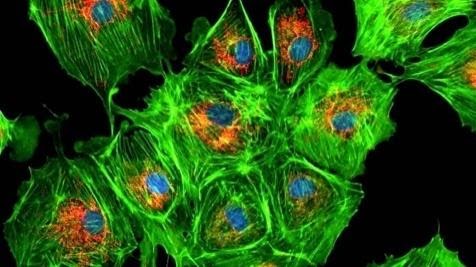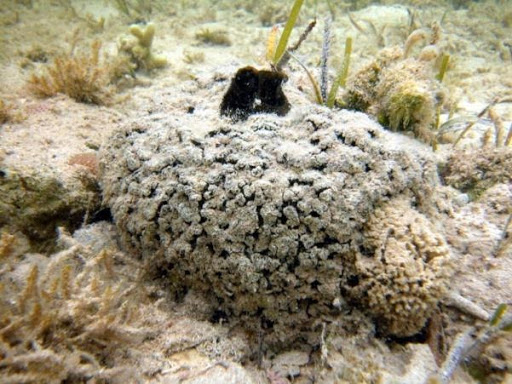Potential of Blue Biotechnology and Deep Sea Microbial Ecosystems
Blue biotechnology is one of the fastest emerging, high-technology sectors of the Blue Economy. FICCI’s Vision 2025 document on the blue economy proposes boosting the business potential for India together with international partners by optimizing and harnessing ocean resources for economic gains. The blue economy holds the potential to boost and contribute to sustainable use of marine resources for job creation, innovation, and opportunities for knowledge-based ventures.
Established research institutes across India, such as National Institute of Oceanography (Goa), and CSMCRI (Bhavnagar), have been working on basic, applied and fundamental marine / blue biotechnology for many decades now. They have done pioneering work in the field of bioprospecting, marine biotechnology, biofilms, biofouling and functional genomics. Extensive work has also been carried out on marine bioactives, intensive seaweed farming, biofuels and polymer production using marine organisms including micro and macroalgae. ICAR’s institutes, like CIBA (Central Institute of Brackishwater Aquaculture) and CIFA (Central Institute of Freshwater Aquaculture), in association with the Norwegian Institute of Food, Fisheries and Aquaculture Research have been actively involved in sequencing the transcriptome and genome of the tiger shrimp for its enhanced productivity, and RNA vaccines against shrimp diseases.
Blue biotechnology thus opens up a multitude of avenues in sectors including healthcare, personal care, food and nutrition, molecular biology, genetic engineering, speciality chemicals and marine farming. The Indian Ocean Rim range boasts of one of the finest and richest biodiversity resources, from mangrove forests, coral reefs, and sea-grass meadows to deep sea microbes, all of which are potentially rich sources for value products and nutritious food. Blue biotechnology plays a critical role in non-invasive utilization of these marine resources that find application in molecular biology, nanotechnology, material sciences and genetically modified organisms, especially fish.
The applications of the products of these blue biotechnology industries and R& D also include biopolymers, bio-adhesives, dental bio-materials, tissue regeneration, antifreeze proteins, fluorescent proteins (Fig. 1), etc.
A few marine sponges and fish species have been used extensively for drug development for treating cancer, inflammation and infections and a variety of other lifestyle diseases. Our ancient Ayurvedic texts too mention the use of corals and other marine resources like oysters for numerous preparations to treat lifestyle diseases and disorders.
Modern science has studied Tectitethya crypta (Fig. 2), a sponge species, since the 1950s, enabling the development of the first anti-leukaemia drug from two bioactives found in this sponge. These same actives were a part of the breakthrough drug azidothymidine (AZT), that was administered for the first time in the 1980s to HIV patients.
PCR /Polymerase Chain Reaction (Fig. 3) was a biotech buzzword during the 2020 COVID_19 pandemic. A significant contribution of blue biotechnology has been Taqpolymerase, an enzyme obtained from the thermophilic bacterium Thermusaquaticus, which is at the heart of this invitro reaction.
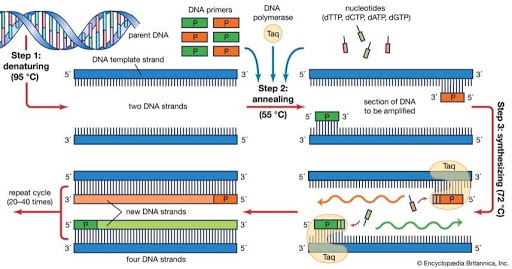
This thermophilic, i.e., high temperature tolerant DNA polymerase, made the Polymerase Chain Reaction (PCR – the fundamental reaction in molecular biology that enables amplification of specific DNA sequences) easy to perform. This hugely impacted not only molecular diagnostics but also the progression pillars of personalized medicine including gene therapy and rapid genetic testing.
One cannot imagine a microbiology laboratory without the use of agar-agar (Fig. 4) and a food industry without the use of a variety of thickeners, stabilizers, coagulating, and gelling agents; these can also be traced back to marine origins.
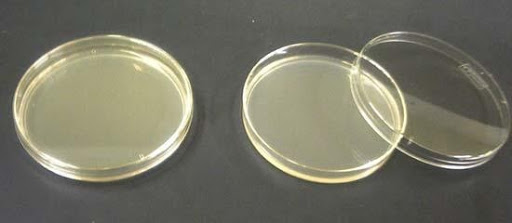
With antibiotics losing their efficacy and the rise in antibiotic resistance there has been a constant need to discover potential new sources of antibiotics. Prof. Christian Jogler and his team from Friedrich Schiller University in Germany, isolated and successfully cultivated dozens of marine bacteria from the Mediterranean Sea, Baltic Sea, Atlantic Ocean and Pacific Ocean. These Planctomycetes, marine bacteria, produced novel antibiotic substances to fight other bacteria. A wealth of similar other bioactives from marine fungi and marine bacteria, such as alkaloids,polyketides, proteins and peptides, lipids, mycosporine-like amino acids, isoprenoids, etc. have found potential in cosmeceutical formulations (Fig. 5) due to their photo-protective, anti-aging, anti-microbial, anti-oxidant and hydratingproperties. Such marine bioactives are known to have specific chemical structures and hence activities up to two orders of magnitudes higher than those reported in similar terrestrial inhabitants. With the global cosmetic and cosmeceutical market forecasted to grow to a value of $430 billion by 2022 (https://www.alliedmarketresearch.com), natural products from marine organisms seem to be an abundant resource at our disposition
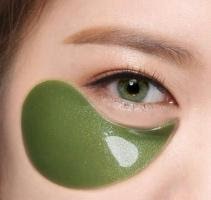
Deep sea microbial ecosystems too are vital components of the oceans, especially those in the deep-sea muds. They are known to play a crucial role in metal remineralization. Not much is known about the function of the diverse microbial communities especially in the rare earth element-rich muds in the central Indian Ocean. Their study is thus of prime importance to enhance our understanding of the microbes’ biochemical potential, enabling the formation of rare earth minerals.
Deep sea microbial ecosystems are known to play a crucial role in metal remineralization.
Lanthanides (atomic numbers 57–71), Scandium (atomic number 21) and Yttrium (atomic number 39) in the periodic table comprise the rare earth elements (REY-Fig. 6).
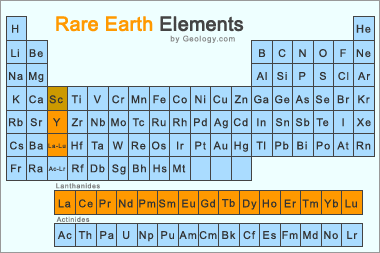
Due to their atomic structure and chemical properties, REY, in combination with other elements, can be used to produce various advanced materials that find applications in agriculture and technological devices such as superconductors, magnets, rechargeable batteries, mobiles, and fluorescent monitors (Fig. 7).
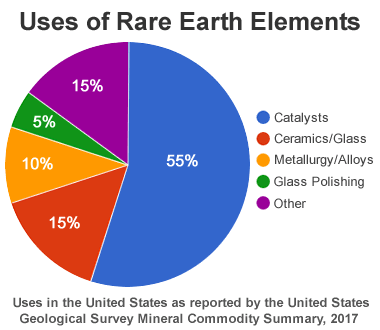
With the escalating importance and demand for REY as a new type of strategic mineral resource, their study appears imperative in the field of science and technology.The vast diverse marine micro-sphere, including the deep sea microbes not only surviving but also thriving in the most hostile marine environments remain uncultured and hence unexplored.
Underwater domain awareness (UDA) will prove to be one of the driving factors for such explorations. It could act as a bridge by engaging industries, scientific and research groups to update the available knowledge to gain insights into multiple aspects of undersea ecosystems. These could include studying and monitoring the marine biodiversity to provide vital clues to minimize the impact of devastating natural disasters; to tap molluscs, coral reefs, and kelp forests as potential biological indicators of habitat degradation; or study the deep sea microbial ecosystems. From mythology to information technology and ecology, archaeology to blue biotechnology, the oceans seem to be luring us to know them, use them and conserve them. It is time that we harness and conserve this wealth that India is abundantly blessed with to promote sustainable development involving stakeholders, industry-academia, experts, local populations and society in toto.
The COVID-19 pandemic has put the biotechnology sector in the forefront, with India emerging as one of the top players in vaccine manufacturing. An impetus and inclusivity from multiple players and international collaborations will undoubtedly catapult our nation to newer heights in blue biotechnology.

Varsha Kelkar Mane
About Author
Varsha Kelkar Mane is Associate Professor and Head, Department of Biotechnology, University of Mumbai.
email: drvkelkar@mu.ac.in



